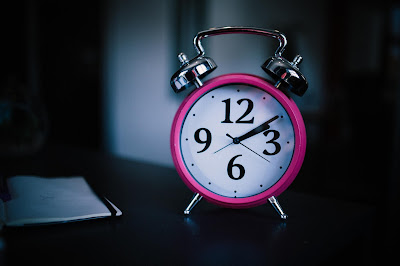Sleepwalking, formally known as somnambulism, may seem to be a particularly elusive concept; abstract, even. Those who may not experience it or know someone who does may have only gathered knowledge about the phenomenon via the medium of horror movies, furthering its perception of being eerie and strange. As misunderstood as the phenomenon is, about four percent of adults suffer from it; children being more susceptible to experience the disorder as compared to adults.
Children spend more time in the ‘deep sleep’ or non–rapid eye movement (NREM) cycle of slumber, during which physical activity usually occurs. During normal sleep, the neurotransmitter GABA acts as an inhibitor that stifles such motor activity during the ‘deep sleep’ phase. However, in children, the neurons responsible for releasing this neurotransmitter may not have fully established a network of connections to keep such motor activity under control; rendering their physical self in a relatively activated state.
Sleepwalking is classified as a parasomnia or an abnormal behaviour during sleep that is characterised by its disruptiveness and abnormality. It is one of many ‘arousal disorders’ and research has suggested that it may merely be an inconvenient side effect of an otherwise evolutionarily advantageous bodily process of being physically active during sleep to escape danger. During an episode of sleepwalking, the brain is partially awake, straddling the border between sleep and wakefulness. This results in the individual exhibiting complex behaviours, with no consciousness of their occurrence.
It was initially thought that sleepwalkers were acting out their dreams and subconscious desires and fears during episodes but the development of increasingly analytical descriptions of human sleep and the invention of the electroencephalogram (EEG), a device that measures and records the electrical activity of the brain, allowed for a scientific understanding of the phenomenon. Sleepwalking arises when normal physiological systems are active at inappropriate times. It is unclear why the brain issues command the muscles during certain phases of sleep but there exist certain factors that may play a role in increasing one’s susceptibility towards the disorder. They include-
genetic factors
environmental factors such as sleep deprivation, fever, stress, and intake of drugs, especially sedatives, hypnotics, antipsychotics, stimulants, and antihistamines
physical immaturity
The extent of the activities classified under the umbrella of sleepwalking is not confined to just ‘walking’. People can perform a variety of activities while asleep, ranging from eating to housecleaning, or on a more unsettling note, driving a car to even murder. During an episode, usually lasting for 10 minutes, a person may have open, glassy eyes with a blank, minimally responsive look on their face. Accidents during these episodes have the potential to cause injuries. During such a situation, gently wake them up and guide them back to bed. They may appear disoriented or confused. Assure them that everything is okay and under control.
“We found a higher frequency of daytime sleepiness, fatigue, insomnia, depressive and anxiety symptoms and altered quality of life in patients with sleepwalking compared to the control group”, said Yves Dauvilliers, MD, Ph.D., referring to a study that he conducted. “What would usually be considered a benign condition, adult sleepwalking is a potentially serious condition and the consequences and dangers of sleepwalking episodes should not be ignored.”
He continues by saying, “Sleepwalking is an under-diagnosed condition that may be clearly associated with daytime consequences and mood disturbances leading to a major impact on the quality of life. The burden of sleepwalking in adults needs to be highlighted and emphasised.”
In many cases, sleepwalking requires no active treatment because the episodes are rare and pose little threat to the sleeper or those around them. However, if the episodes become concerning in terms of their frequency or intensity, the following steps can be taken-
consult your doctor
eliminate safety risks from around the house such as sharp objects
improve your sleep hygiene
consider Cognitive Behavioural Therapy
Sleepwalking is not an enigmatic phenomenon. Much like other sleep disorders, it is not fully understood but, at the same time, the reason behind sleeping as a concept in and of itself is widely disputed. To clarify the so-called elusive nature of sleepwalking, research needs to be focused on the brain mechanisms that control sleep and arousal states, brain activity during an episode, and even on the characteristics of waking brains.
Written By - Saumya Seth
Edited By - Sravanthi Cheerladinne










0 Comments